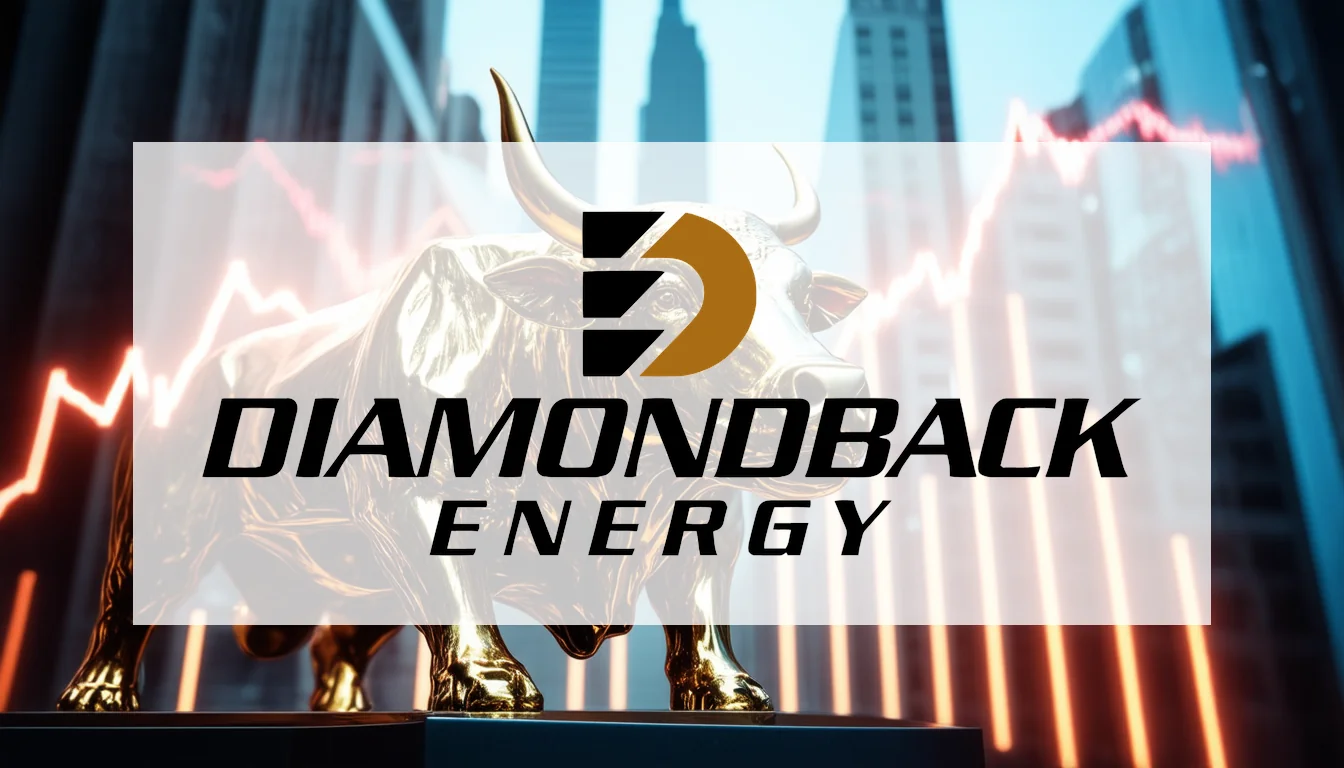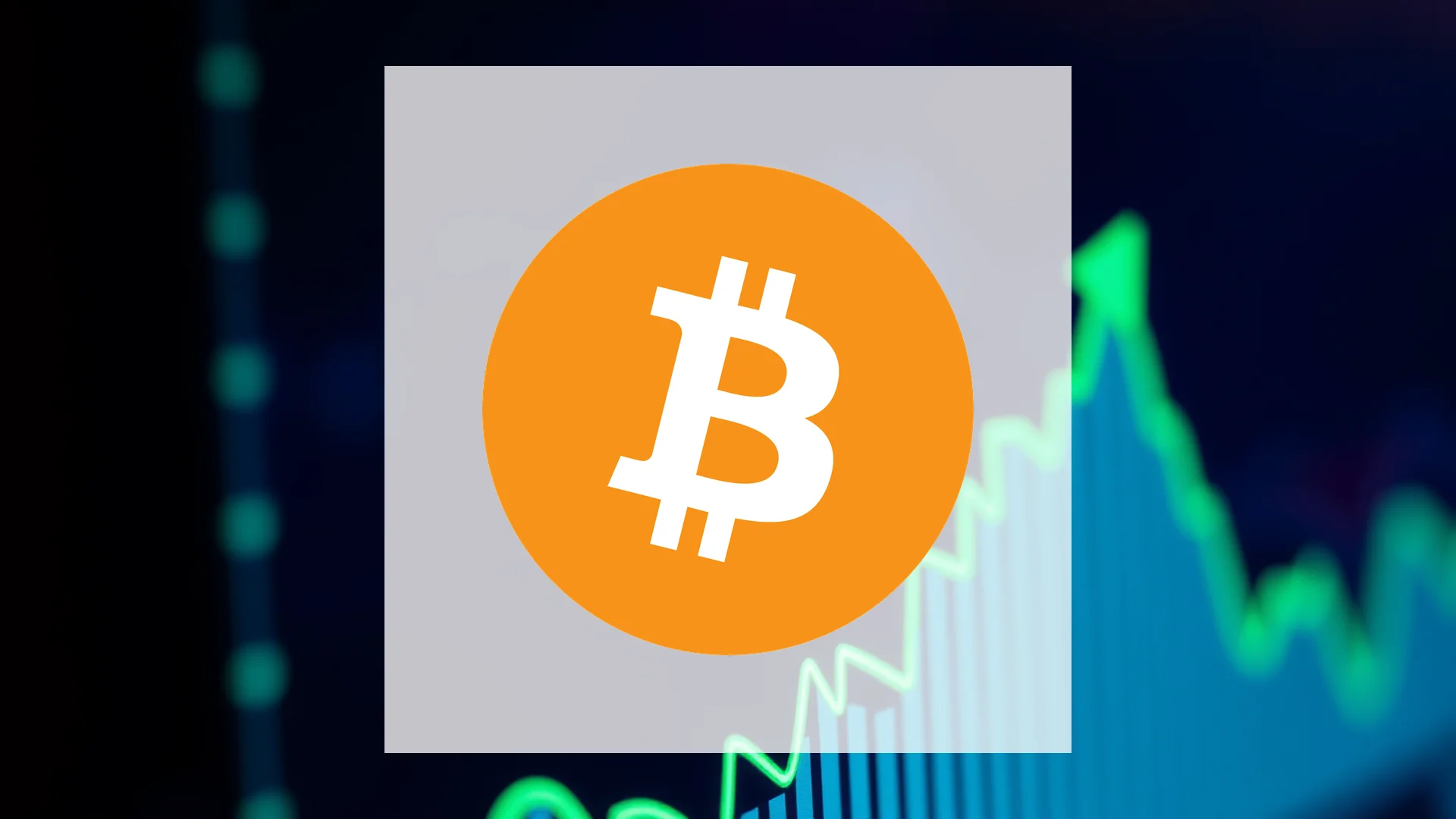Despite finalizing a multi-billion dollar transaction and raising its production outlook, Diamondback Energy’s stock continues to face significant downward pressure. A curious disconnect has emerged between the company’s robust operational achievements and its disappointing equity performance in the market. This divergence is occurring even as Diamondback expands its footprint in the prolific Permian Basin through a sophisticated subsidiary-led approach, leaving investors questioning what market participants might be overlooking.
Viper Energy’s Landmark Acquisition of Sitio Royalties
Central to understanding Diamondback’s current position is the activity of its publicly-traded subsidiary, Viper Energy. Viper has successfully closed the acquisition of Sitio Royalties in a transaction valued at $4.1 billion, which includes the assumption of $1.1 billion in debt. This all-stock deal represents a deliberate strategic maneuver far beyond a simple asset purchase; it is a calculated move to consolidate and strengthen a portfolio of highly profitable mineral and royalty interests squarely within Diamondback’s core operating area, the Permian Basin.
The tangible effects of this consolidation are already quantifiable. Diamondback has been compelled to upwardly revise its production forecast for the third quarter of 2025. The company now anticipates net production to reach between 908 and 938 thousand barrels of oil equivalent per day, with oil-specific output projected to be in the range of 494 to 504 thousand barrels per day. Notably, these updated figures already incorporate a 43-day contribution from the newly integrated Sitio assets.
Wall Street’s Vote of Confidence
The stock’s pronounced bearish trend stands in stark contrast to the positive reception from leading Wall Street research firms, which appear to recognize the transaction’s long-term strategic value. Morgan Stanley recently reaffirmed its “Overweight” rating on Diamondback stock and modestly increased its price target to $186. Wells Fargo adopted an even more bullish stance, setting a target of $211. The consensus view among 31 covering brokerage firms remains firmly at “Outperform.”
Should investors sell immediately? Or is it worth buying Diamondback?
This gap between favorable expert analysis and weak share price performance prompts a deeper investigation. Is broader sector-wide pressure the primary culprit? The iShares U.S. Oil & Gas Exploration & Production ETF has itself declined by approximately 9.2% over the past year. However, Diamondback’s loss of over 28% signifies a performance that is considerably worse than the sector average and represents a significant underperformance against the S&P 500 index.
A Pledge to Fiscal Prudence
Independent of its major acquisition, Diamondback continues to demonstrate a steadfast commitment to financial discipline. The company is maintaining its plan to divest $1.5 billion in non-core assets and is holding firm on its strict capital expenditure budget of $900 million per quarter. This dedicated focus on debt reduction and shareholder returns, prioritizing them over aggressive growth-at-any-cost expansion, may ultimately prove to be the critical catalyst for a future recovery in the stock’s valuation.
A crucial test for investor sentiment will arrive in November when Diamondback reports its Q3 earnings and provides its complete financial guidance for 2025. This upcoming announcement will reveal whether the market will finally begin to reward the strategic foresight that analysts clearly see in the company’s recent moves.
Ad
Diamondback Stock: Buy or Sell?! New Diamondback Analysis from January 7 delivers the answer:
The latest Diamondback figures speak for themselves: Urgent action needed for Diamondback investors. Is it worth buying or should you sell? Find out what to do now in the current free analysis from January 7.
Diamondback: Buy or sell? Read more here...













